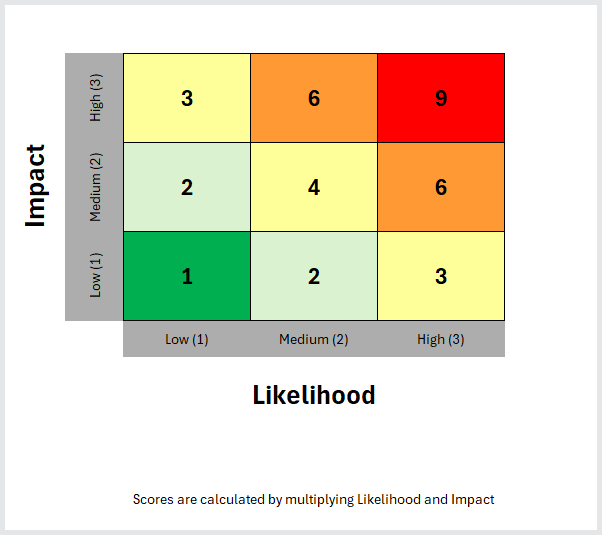AI For NEDs
The Cheat Sheet Every Board Member Should Have
The Board Pack that Builds Confidence
What Boards Actually Need - and what to leave out.
Measure what matters - driving value creation
When scaling a technology-led business, choosing the correct value and growth metrics can overwhelm a board.
With so many options, how do you know which ones truly matter?
Harnessing Risk
Risk in a scaling business isn’t necessarily bad.
Unidentified, unmitigated and unmanaged risk is bad.
We have a simple process to help evaluate risk and report it to the board so that you focus on the right things. The outline below can be used by your company to get better at ‘risk’.
How to create a Product Experimentation Culture (and why you should)
A product-led growth approach has the potential to accelerate success – but to realise this benefit, it’s critical that the right culture of product experimentation exists. How might that be achieved?
Is my team truly Product Led? Spot the Red Flags
What questions can you ask a team or company to understand if they are using Product Led Growth. And what are the Red Flag answers that you should look out for?
What is Product Led Growth?
Product Led Growth is a proven way to build better products and grow your company faster. Find out in this short summary what Product Led growth is (and what it isn’t) and how you can rapidly adopt it in your organisation.
How to Fly High as a Technologist on a Board
In this article we’re going to consider the challenges facing technologists who step up to a board or C-level role within a company. Learn from the Blue Ocean Insight team how to get involved in shaping company-wide strategy and decision-making.
OKRs - Hearts and Minds
Getting your team motivated behind an objective can be hard, And for this reason, many OKR programmes fail at first.
In this practical guide, we walk you through how to engage your team and help them to deliver results.
OKRs and KPIs - What’s the Story?
I’m often asked how to set “good” OKRs (Objectives and Key Results) and how these should fit around a business’s KPIs (Key Performance Indicators). These concepts are often confused or conflated and it’s easy for the meaning to get lost in the jargon.
Read my straightforward guide to what they are, how they work and what the differences are.
The Role of CPTO: A mythical Beast?
In previous insights, we have talked about the difference between a team that is effective and one that is efficient. Effective (building the right thing) was typically the responsibility of the Chief Product Officer (CPO) whilst efficient (building good software predictably) was normally seen as the remit of the Chief Technology Officer (CTO).
But the world has moved on. People realised that this ‘siloed’ approach wasn’t working for the customer, and organisations started a journey away from Projects towards Product.
Roadmaps and release plans: the key to better product outcomes
Teams (and even Product Managers) sometimes struggle with the difference between a Roadmap and a Release Plan.
In this Insight Paper, Matt Little explains the difference and why you need both for better product outcomes.
Silos: why focusing on vision (not communication) is the answer
When a business works in silos – where each team pursues its own goals independently, rather than working in a coherent way with the rest of the organisation – it can cause all sorts of problems. Silos often mean that work is duplicated across teams, problems fall down the cracks between them, and opportunities are missed. Teams can end up frustrated and pitted against each other, pulling in opposite directions to achieve their respective goals. Ultimately, innovation is hampered, productivity suffers, and morale can plummet.
Is your engineering team working efficiently?
One of the most common concerns I hear from directors and business owners is that their engineering team isn’t delivering at the pace required. They’re wondering whether they need to restructure, or recruit certain specialists, or change their methodology to increase efficiency.
But efficiency isn’t the true goal here – or at least, it shouldn’t be. Success is not just a case of building things right, it’s more important to be building the right things.














